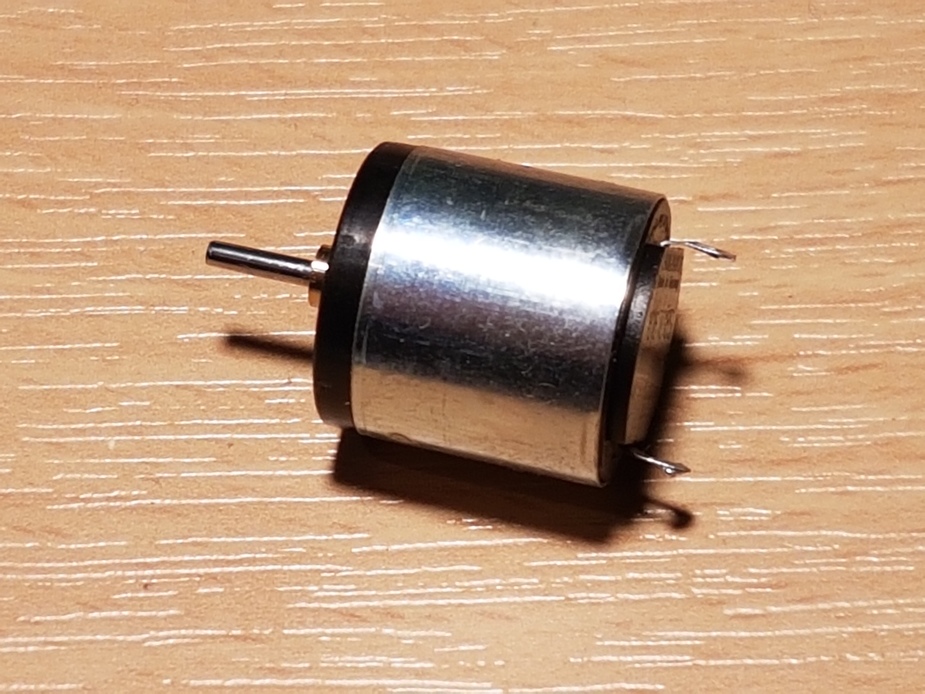wigglyamp wrote:
Euro flyer wrote:
‘pitch servo overcompensating. Can be adjusted.’How can it be adjusted?
We had the same problem in our KFC150. Originally, we had the pich trim servo motor replaced, which was worn. Result was porpoising of 50-150ft or more, with a very long amplitude. The kind of horse riding rocking effect, with the short amplitude described here, came about only after that.
We brought it back to the autopilot (bendix) maintenance shop (Avionik Straubing, at EDMS) they have an analytics device they connect to the AP in flight and then adjust the signal from the control unit and the pitch servo power. I don’t know if someone could repair it without such a tool.
In Germany the #1 place to go would be Avionik Straubing, ask for Mr. Scheifl. He is an expert. Maybe you can call him and ask if you can do it on your own or suggest an expert in your area.
I did a close-up video of the KI256 today and the flight director is rock solid.
Unfortunately it is rock solid both in FD mode and in AP mode 
So the problem seems to have gone away…
The pitch servo has been replaced anyway even though the porpoising was not present (visibly) on the last 2 flights (7hrs and 1hr).
Otherwise I would have had to carry the spare pitch servo on every flight, in case. I have spares for all 3 servos 
I will report on any findings on the one that’s been removed.
It was yet another worn out Faulhaber tachometer
Tacho itself

Assembled next to the motor whose RPM it is supposed to measure

The duff one was generating a sort-of offset sinewave, instead of a “DC” voltage which a tacho is supposed to output. The result was that the averaged output was much lower than it should be, causing the servo to run about 3x faster (per any given control voltage from the KC225 computer). That caused the pitch control loop gain to be 3x higher, which is exactly what would cause the porpoising.
Edison would have been proud of this solution, but for the 20th century??
Edit: the motor was also full of soot (from the brushes) and both ball bearings on the motor were almost seized up. Not usual to find multiple defects which could account for strange behaviour!
I have seen it on one flight quite “severely” in a KFC150. By “severely” I mean that it was definately noticable by the passengers. Ended up handflying the rest of that flight.
It was only that flight, and never happened again, so seems to be Loading/Centre of Gravity related.
As always: getting advice from an independent Engineer doesn’t hurt.
I thought it was a loading issue but the aircraft was not loaded unusually. 2 in the front, about 70-80kg each, about 70kg on the back seat (luggage, but the plane wouldn’t know that), the usual ~50kg in the boot.
Now I know that the pitch loop gain was 2x to 3x too high so maybe it was really marginal w.r.t. the loading config. (the condition of the pitch servo was shocking).
But an autopilot which is not defective should be stable over the whole loading envelope and the whole speed range. King did test all theirs AFAIK like that (hence, very few STCs, and expensive kits) while very obviously STEC could not have done such tests for every STC (too many).
That said, these boxes (not the KFC225 which is c. 2000) are very old and being analog they will likely suffer from time constants changing due to capacitors drying up:

I’m a bit surprised the tacho isn’t optical, even for early 1980s kit.
Probably -
A while ago I thought about doing a “STC repair” project for these. King have sold about 10k of them at a trade price of say $2k, just to replace the burnt out ones, which is nice money. Avidyne were going to bring out King-compatible replacements but like nearly everything with Avidyne it never got done.
KFC225 VS bug / behaviour – do more recent autopilots have the same issue?
Let’s say I load -500fpm for a descent.
Down the plane goes, but the VSI is showing -400fpm. So I press VS and… it shows -400fpm! The bloody box has changed the value I loaded. The change tends to be no more than 100fpm, and IIRC is always downwards (to reduce the value).
This is normally ok but is a PITA when flying high up, when the difference between 300fpm and 200fpm is the difference between a stall, and 20kt above the stall. It appears to be “fail safe” in that it always seems to reduce the loaded value but it also changes the VS in other contexts, dynamically, according to what appears to be the current pitch, which makes it easier to fly in PIT mode instead when VS should work just fine if it was accurate.
Do the more recent autopilot designs (including the “soon certified” ones e.g. Trutrak) hold VS accurately?
Hmmm… I have realised that my KFC150 doesn’t keep the vertical speed… so I’m going to install altitude preselect, which means I have to change the altimeter into an encoding altimeter. Which leads me to the question,
maybe your encoding altimeter doesn’t work, so that the autopilot doesn’t get the correct vertical speed information ?